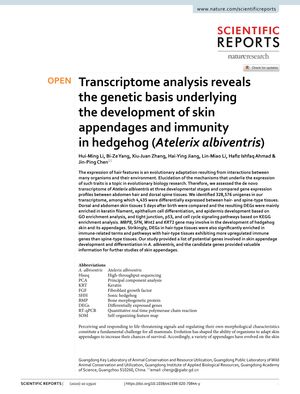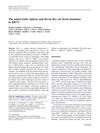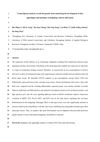Transcriptome Analysis Reveals the Genetic Basis Underlying the Development of Skin Appendages and Immunity in Hedgehog (Atelerix Albiventris)
August 2020
in “
Scientific reports
”
keratin filament epithelial cell differentiation epidermis development tight junction p53 signaling pathway cell cycle signaling pathway MBP8 SFN Wnt1 KRT1 keratin epithelial cells epidermis tight junctions p53 cell cycle myelin basic protein 8 stratifin wingless-related integration site 1 keratin 1

TLDR Genes related to keratin, skin cell differentiation, and immune functions are key in hedgehog skin and spine development.
In the study, researchers performed a de novo transcriptome analysis of the hedgehog (Atelerix albiventris) at three developmental stages to understand the genetic basis of skin appendage development and immunity. They identified 328,576 unigenes and found 4,435 genes that were differentially expressed between hair- and spine-type tissues. Gene Ontology (GO) enrichment analysis showed that differentially expressed genes (DEGs) were mainly associated with keratin filament, epithelial cell differentiation, and epidermis development, while Kyoto Encyclopedia of Genes and Genomes (KEGG) enrichment analysis indicated involvement in tight junction, p53, and cell cycle signaling pathways. Genes such as MBP8, SFN, Wnt1, and KRT1 were suggested to play roles in the development of hedgehog skin and its appendages. Notably, DEGs in hair-type tissues were significantly enriched in immune-related terms and pathways, with hair-type tissues exhibiting more upregulated immune genes than spine-type tissues. This study provided a comprehensive list of potential genes involved in skin appendage development and differentiation in A. albiventris, offering valuable information for future research on skin appendages.






